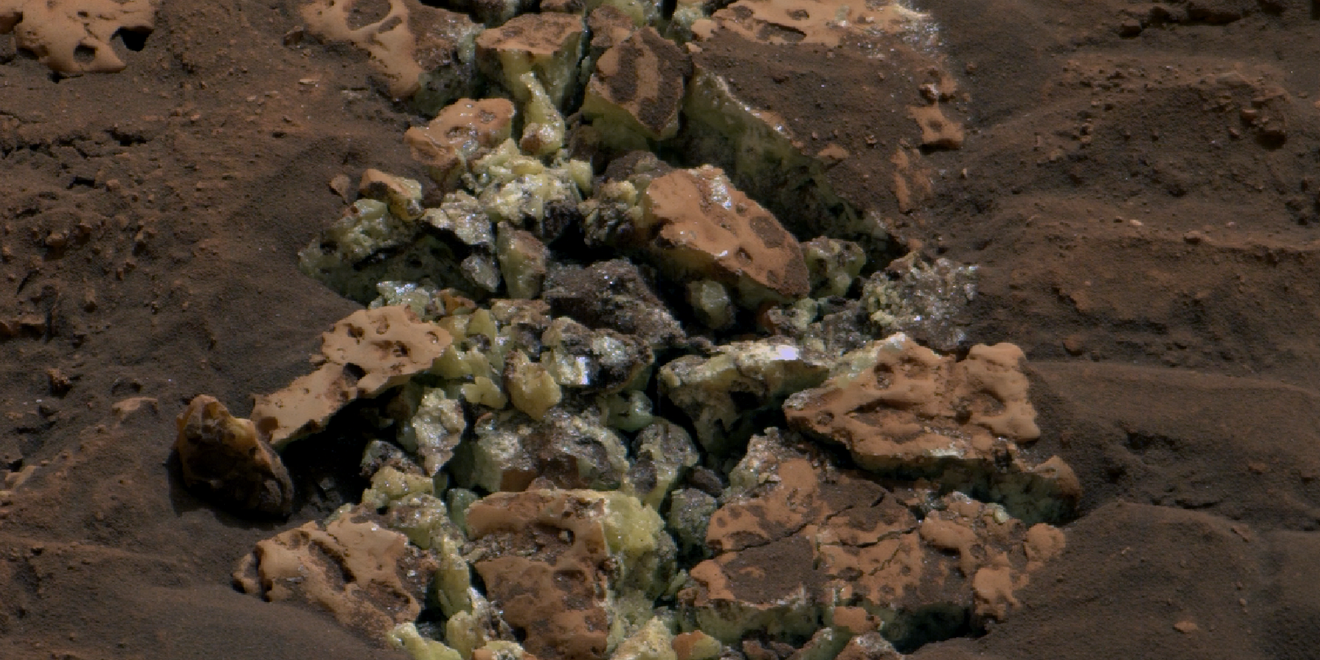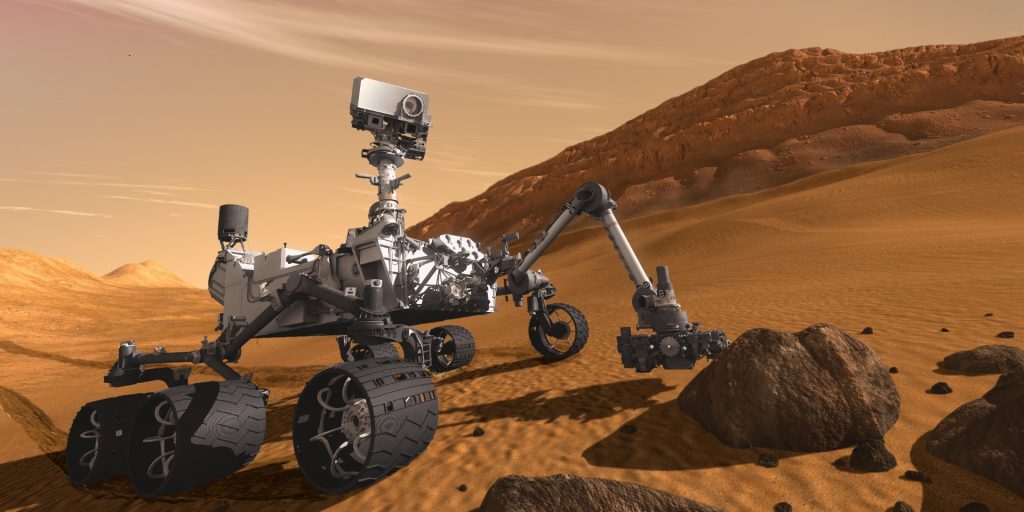A recent discovery on Mars has revealed a surprising find.
Others are reading now
When NASA’s Curiosity rover rolled its 899-kilogram (1,982-pound) body over an unremarkable rock, it accidentally cracked it open.
Trapped inside the stone, the rover discovered something surprising: yellow crystals of elemental sulfur, also known as brimstone.
This marks the first time sulfur has been found on Mars in its pure elemental form, making the discovery particularly exciting.
Significance of the Find
While sulfates, which are salts formed when sulfur compounds mix with other minerals in water, are relatively common on Mars, finding pure sulfur is something new.
Also read
This discovery occurred in the Gediz Vallis Channel, an area littered with similar-looking rocks. This suggests that pure sulfur might be more common in certain parts of Mars than previously thought.
“Finding a field of stones made of pure sulfur is like finding an oasis in the desert,” says Ashwin Vasavada, Curiosity project scientist at NASA’s Jet Propulsion Laboratory.
“It shouldn’t be there, so now we have to explain it. Discovering strange and unexpected things is what makes planetary exploration so exciting.”

Why This Matters
Sulfate minerals can tell us a lot about Mars, such as its water history and how it has weathered over time.
Pure sulfur only forms under specific conditions, which are not known to have occurred in the region where Curiosity made its discovery. This suggests there might be unknown geological processes at play on Mars.
Sulfur is an essential element for all life, usually taken up in the form of sulfates and used to make essential amino acids needed for proteins.
While we’ve known about sulfates on Mars, this discovery of pure sulfur opens up new questions and possibilities about the planet’s geological history and potential habitability.
Next Steps
Curiosity is now continuing its journey deeper into the Gediz Vallis Channel, an ancient waterway with rocks that bear the imprint of a river that flowed billions of years ago.
The rover has drilled a hole in one of the rocks to take a powdered sample of its interior for chemical analysis.
Scientists hope to find more surprises as Curiosity continues its exploration.


